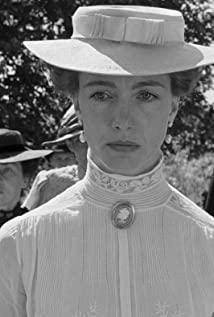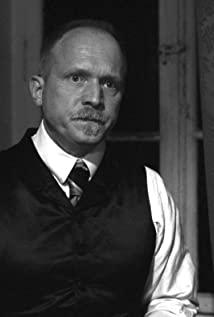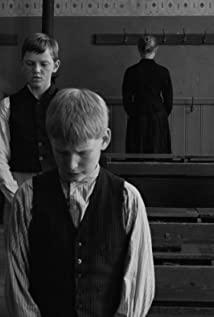What Haneke's films are trying to convey is always more complex and deeper than the average film.
"White Ribbon" shows the inherent power relationship structure before the First World War, from top to bottom: God to man; rich to middle class, rich to poor; middle class to poor; father to son, man to woman; civilian. And a general violence—verbal and physical—that is an external manifestation of the perpetrator’s power and is passed down this “chain of power.” This transmission is embodied in the transmission of the violence from the upper layer to the next layer, such as the landlord to the housekeeper, and the housekeeper to the son.
Therefore, all violence accumulates at the very end of this inherent chain of power - women and children. The damage caused by this heaviest violence is certainly unbearable. On the one hand, consciously or unconsciously, the body becomes their tool of expression and resistance: fainting, death (mental scars are ignored, language resistance is weak); on the other hand, they find the weaker, The violence he endured was vented to him, and he expressed his resistance.
In addition, the class conflict has also intensified. The bottom - workers and peasants began to rebel against the landlord class.
These victims began to question the original power system and challenge the original order.
The white ribbon symbolizes absolute purity, that is, absolute perfect morality. In Christian communities, the entity of the moral role model is the pastor. Therefore, the conflict embodied in the pastor is the strongest. He believed that he and his family should be morally and behaviorally flawless - "no error allowed". However, it is impossible for people not to make mistakes, especially children. Nature and discipline are clearly incompatible.
As a result, the child appears to be forced into a mold. The conflict of lively nature and extremely strict discipline, together with the strongest violence, is combined into an atomic bomb stored on the child.
View more about The White Ribbon reviews











